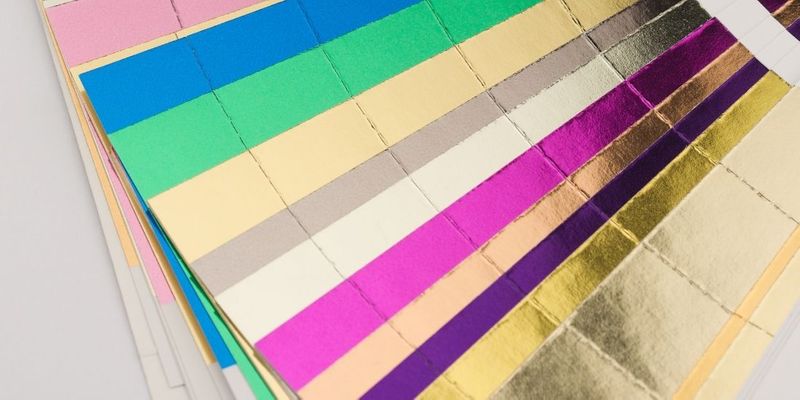You don’t need to be a foil expert to have a baseline understanding of the most popular foiling methods. Foil is a common specialty design feature for a variety of printed materials. Dependent upon one’s desires or needs, foil as a design feature may be applied via a temperature-related process—either cold printing or hot stamping.
A few major differences separate the two techniques; most importantly the application process and the type of materials that the foil can be applied to. The variation in appearance is fairly minor. To best compare cold foil printing vs. hot foil stamping, let’s take a closer look at these differing intricate processes in the world of foil design.

